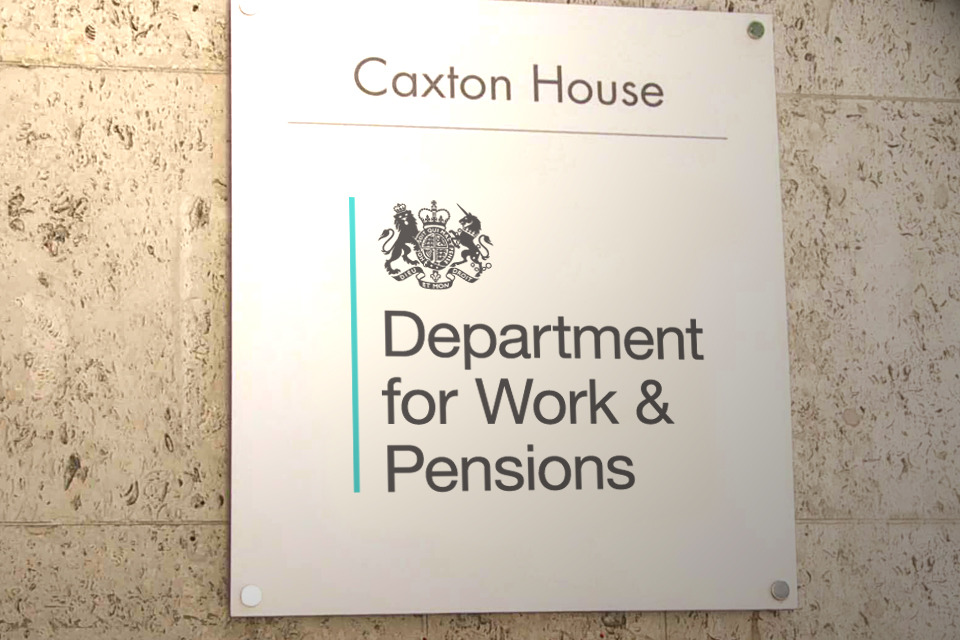In this piece for PublicTechnology, Yvonne Gallagher, director of the National Audit Office’s Digital Insights team, discusses the NAO’s new advice for senior leaders wishing to oversee successful tech transformation
The NAO’s work over the last decade has shown that government’s attempts at digital transformation have had mixed success. We have seen programmes derailed from the outset through attempting excessive scopes and trying to deliver to impossible budgets and timescales.
Recognising that digital transformation is one of the hardest but most-needed changes facing government today, the NAO has published Digital transformation in government, a new guide for senior leaders. This aims to help by setting out important questions that organisations need to consider when embarking on major digital change.
It is important to say that we’re looking to shine a light on the considerations that need to be addressed upfront as this is where the problems often begin.
“Transformation requires that business leaders in government demonstrate the digital fluency necessary to make the best choices and understand the consequences of their decisions”
In our digital work we are not just commenting on generic project issues. In business transformation, the intangible nature of digital change and use of new technology can lead non-specialists to believe that digital change is simpler and more straightforward than it is.
With this in mind, we group our questions into three overall themes which contain areas to probe further.
Do you understand the constraints of the existing environment? For example:
• Has the scope and impact of the digital transformation been reviewed, including the legacy systems and data on which it is based?
• Has the impact of legacy systems and data been factored in and is their remediation funded?
Have you underestimated the scope of early work required? For example:
• Do senior leaders understand the scale and depth of what is proposed?
• Have existing baseline costs been presented fully and maintenance costs included, to help determine where priorities should be in terms of efficiency gains?
• Are key business decisions taken ahead of technology design and development, and have business and technology requirements been fully considered before signing binding commercial contracts?
Do you have the right skills and leadership? For example:
• Do senior leaders have the required level of expertise and experience for the initiative they intend to lead?
• Has the organisation set out clearly the minimum capability required for digital change programmes in terms of the time made available, levels of training, resource numbers and the quality of people assigned?
One of our key messages is that government is not a greenfield site and it is important for senior decision-makers to understand the constraints of the existing environment. Government still has many ageing or inflexible services that constrain the ability to deliver business change and exploit opportunities for innovation. We have also seen a historic tendency not to regard maintenance of legacy systems as a priority, as illustrated in our report on Modernising Defra’s ageing digital services. The result is that addressing the gap between the present state of business operations and the desired future state is often too great to be realistically attempted in a single bound.
But legacy does not have to be unsupported to be an obstacle to digital transformation.
Take the example of HMRC’s Making Tax Digital programme which we cited in our guide. While its system for income tax self-assessment is not at the end of its life, HMRC realised as the programme progressed that it could not build Making Tax Digital on its legacy systems and so this element is being built on its new tax management platform.
These examples show that the success of transformation requires that business leaders in government demonstrate the digital fluency necessary to make the best choices and understand the consequences of their decisions. We hope our guide helps those who are tasked with overseeing large-scale digital change to understand more clearly the core issues to be addressed and pitfalls to avoid.

Yvonne Gallagher, is director of the National Audit Office’s Digital Insights team





Elevate Your Wardrobe with Bragle Sweaters – Experience unparalleled opulence with Bragle’s luxury sweaters—the perfect blend of warmth and sophistication. Crafted from high-quality materials like cashmere and merino wool, each design exudes sophisticated style for those with a taste for upscale clothing. From traditional designs to contemporary elegance, Bragle sweaters transition seamlessly from casual to formal, keeping you warm and uncompromisingly elegant. Visit **Bragle.com** to view the full range and embrace the ultimate in luxury.